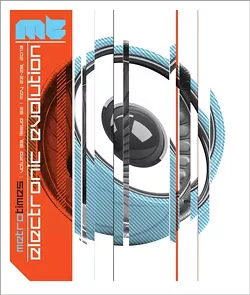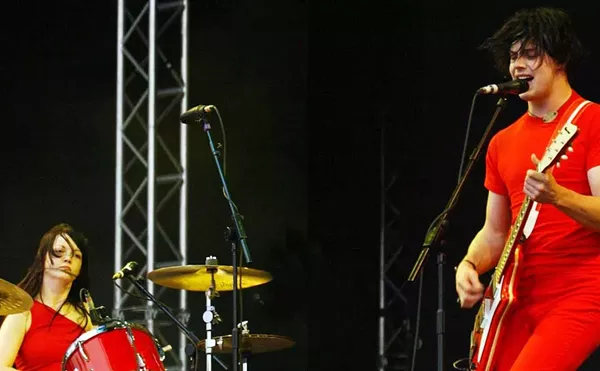
Audio By Carbonatix
[
{
"name": "GPT - Leaderboard - Inline - Content",
"component": "35519556",
"insertPoint": "5th",
"startingPoint": "3",
"requiredCountToDisplay": "3",
"maxInsertions": 100,
"adList": [
{
"adPreset": "LeaderboardInline"
}
]
}
]

In his book “Techno Rebels,” which chronicles the birth of techno, late author Dan Sicko wrote that Detroit “was a far cry from the teenage Utopias portrayed in 1980’s films like Pretty in Pink and John Hughes’ Ferris Bueller’s Day Off.” There were no neon discos or youth halls — instead, the youth of the Motor City would congregate in shopping malls (think Kevin Smith’s Mallrats rather than Sixteen Candles), and the Northland Mall in the suburb of Southfield was a favorite.
Faced with a void of fresh cultural stimulation, the era’s youth quite naturally wanted something they called their own; budding socialites and musically starved kids started organizing high school party clubs.
These were largely all-male affairs; the guys would book DJs, lightning pros and would rent space if said party wasn’t occurring in somebody’s backyard or basement. What resulted was a weird amalgam, lining up somewhere between a backyard barbeque, a high school dance and what we now think of as a nightclub. Many of the clubs named themselves after Italian stores or designers, or similar-sounding made-up words, in order to sound as sophisticated as possible. There was Giavante, Remnique, Courtier and Cacharel, among others. As puerile as it might sound now, these dance clubs provided the springboard for the scene.
It was within that backdrop that Derrick May, Juan Atkins and Kevin Saunderson essentially invented techno. A few years later and Carl Craig, a disciple of those three pioneers, co-founded the first “Detroit Electronic Music Festival” alongside Carol Marvin of Pop Culture Media. The first festival came in 2000, a free event that saw one million visitors over three days.
That first DEMF was considered a success but, by the following year, Craig and Marvin had parted ways. In 2003, the name was changed to “Movement” and placed in the hands of May. He handed it over to Saunderson in 2005 and the name was changed to “Fuse-In,” and that was also the first year that it wasn’t free to enter Hart Plaza. The festival failed to financially breakeven that year.
From 2006, Movement (as it is now again called) has been in the hands of the electronic booking agency and record label called Paxahau — a company which also shares building space with this venerable rag.
Since then the festival has regained its prowess, attracting visitors from around the world and pulling in the biggest names in electronic music. Movement remains one of the key events on the Detroit summer festival calendar and this year promises to be one of the best.
As ever, some of the biggest names from the electronic music world will be here: from our own Carl Craig and Richie Hawtin to the likes of Moby and John Digweed. Movement is the closest Detroit gets to “Woodstock” — the festival is a celebration of peace, love and dancing. So pull out your craziest threads, get down to Hart Plaza and — goddamnit — dance.
By Brett Callwood
MT gets schooled in electronica by the techno band ADULT.
Interview by Jeff Milo
Our picks for this weekend’s best shows.
MT Staff
Photos by Paul Kelly, Bryan Mitchell and Douglas Wojciechowski





